YISS 6th Grade Grows Food for Outer Space
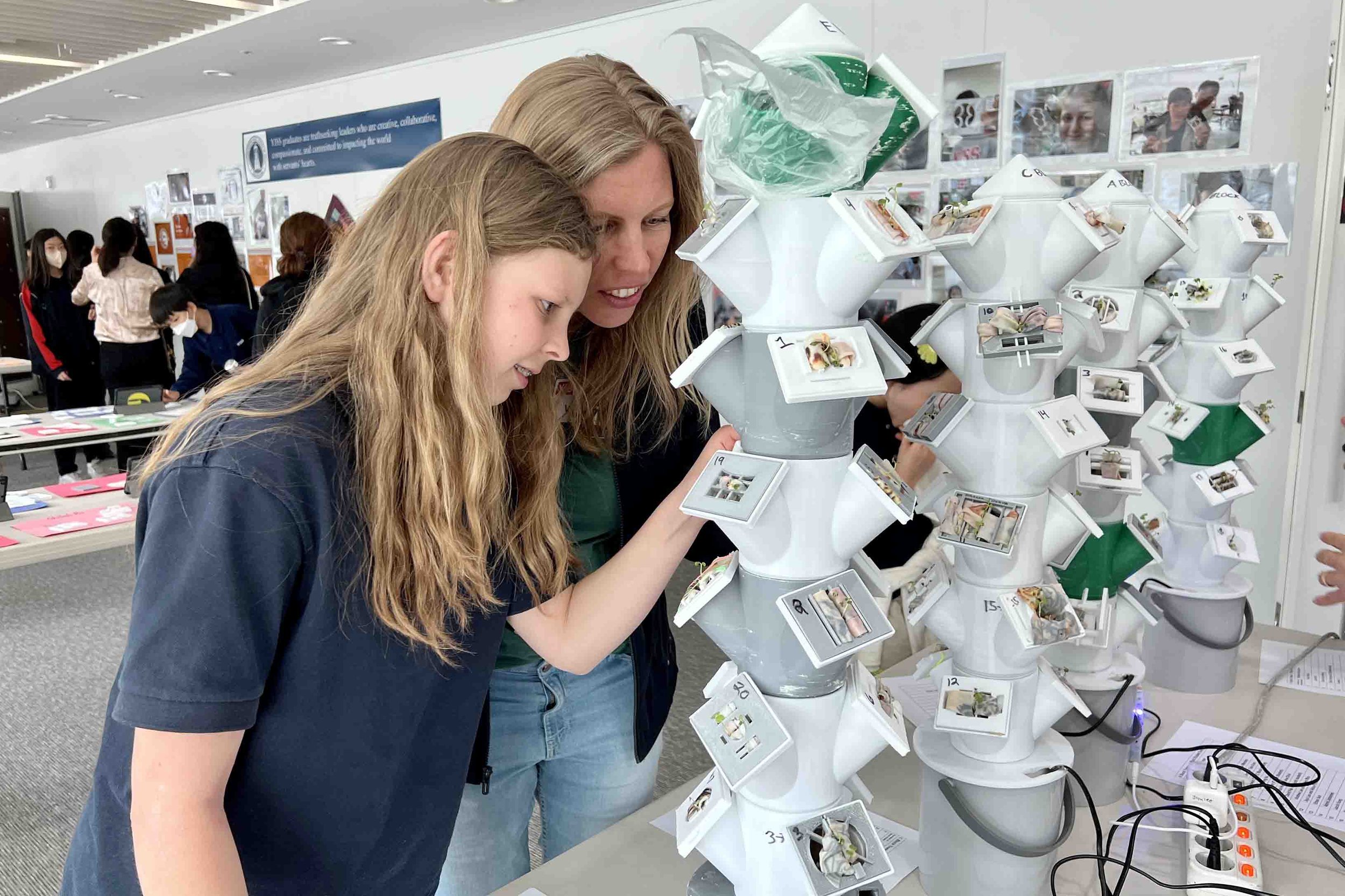
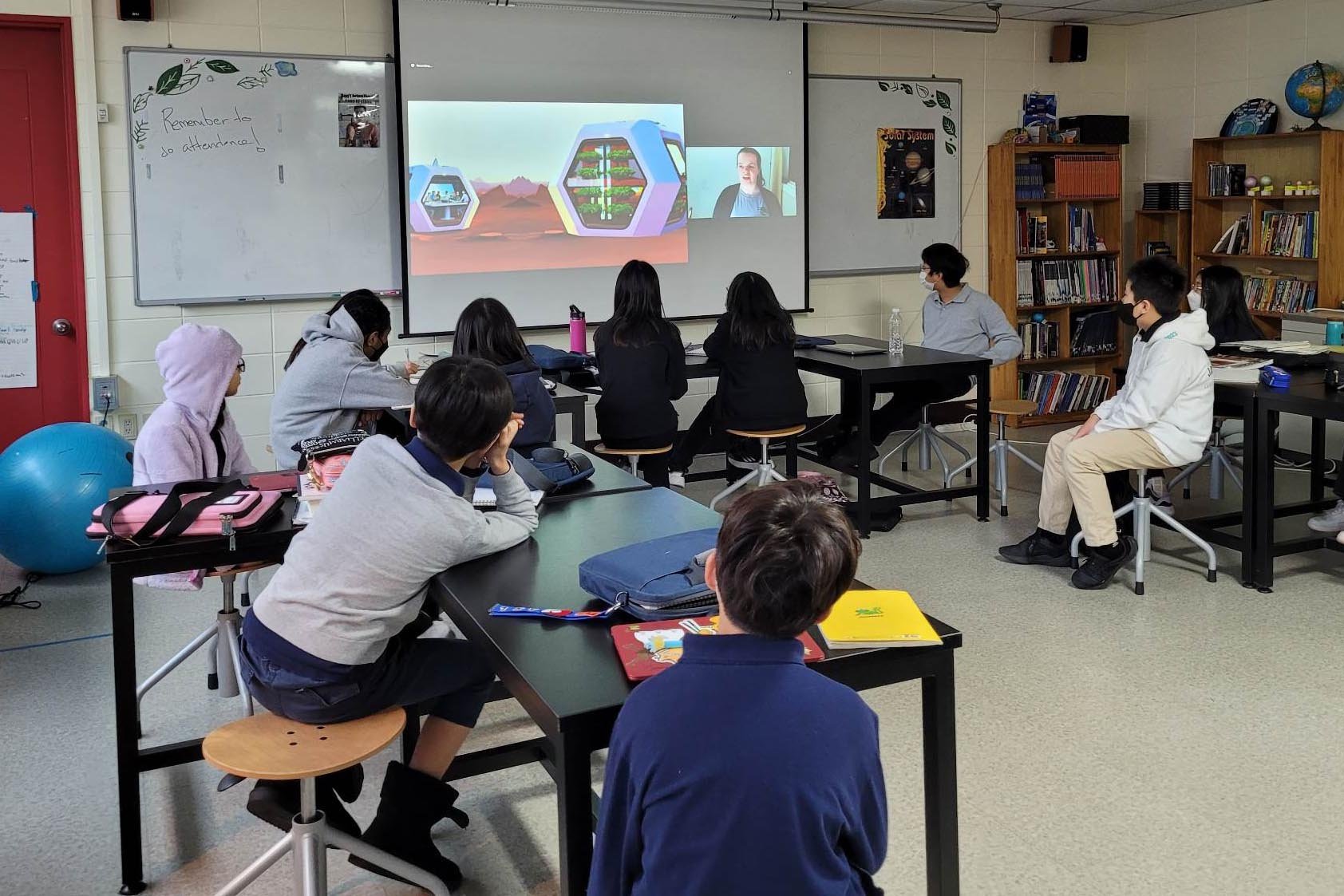

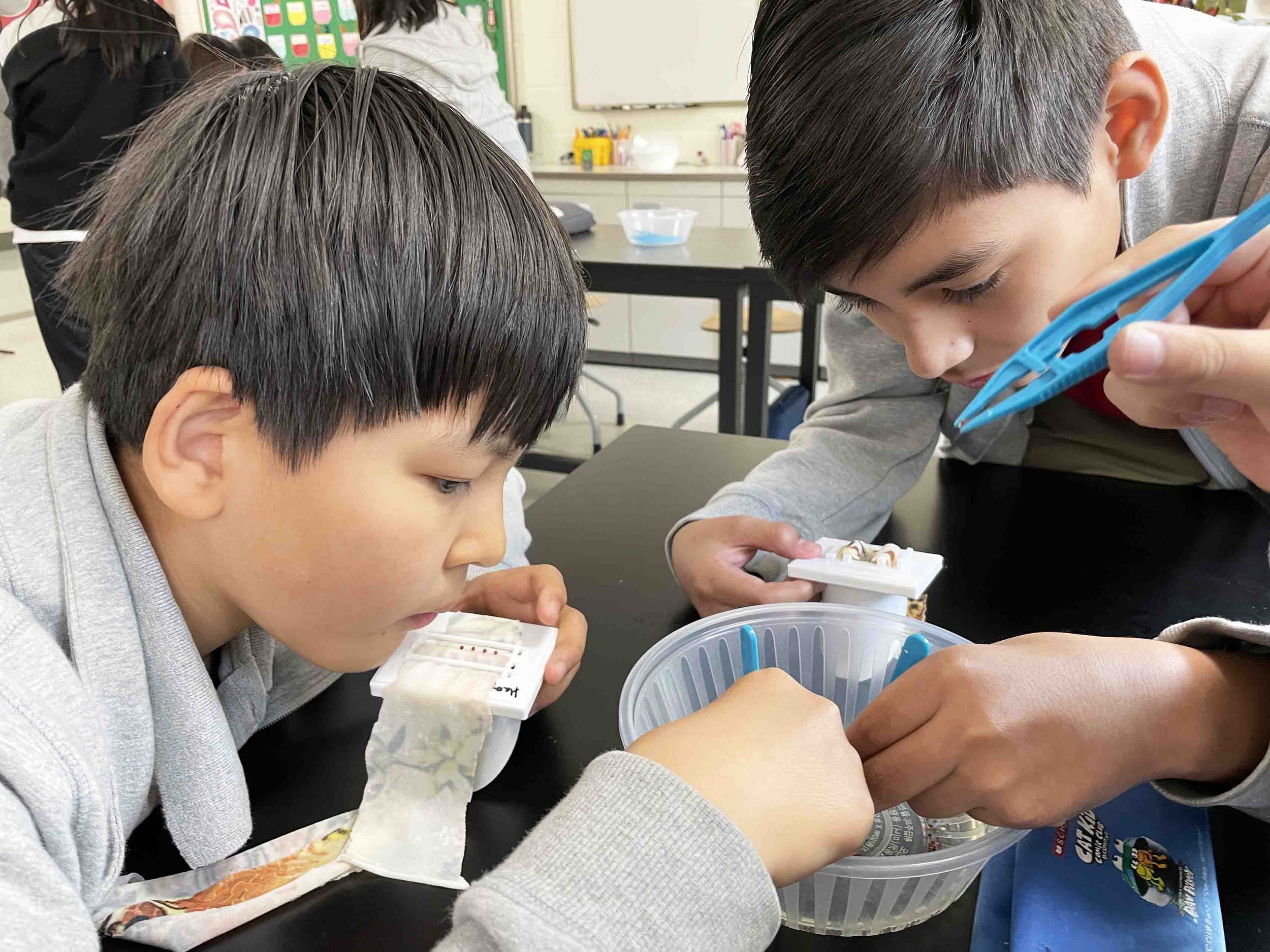
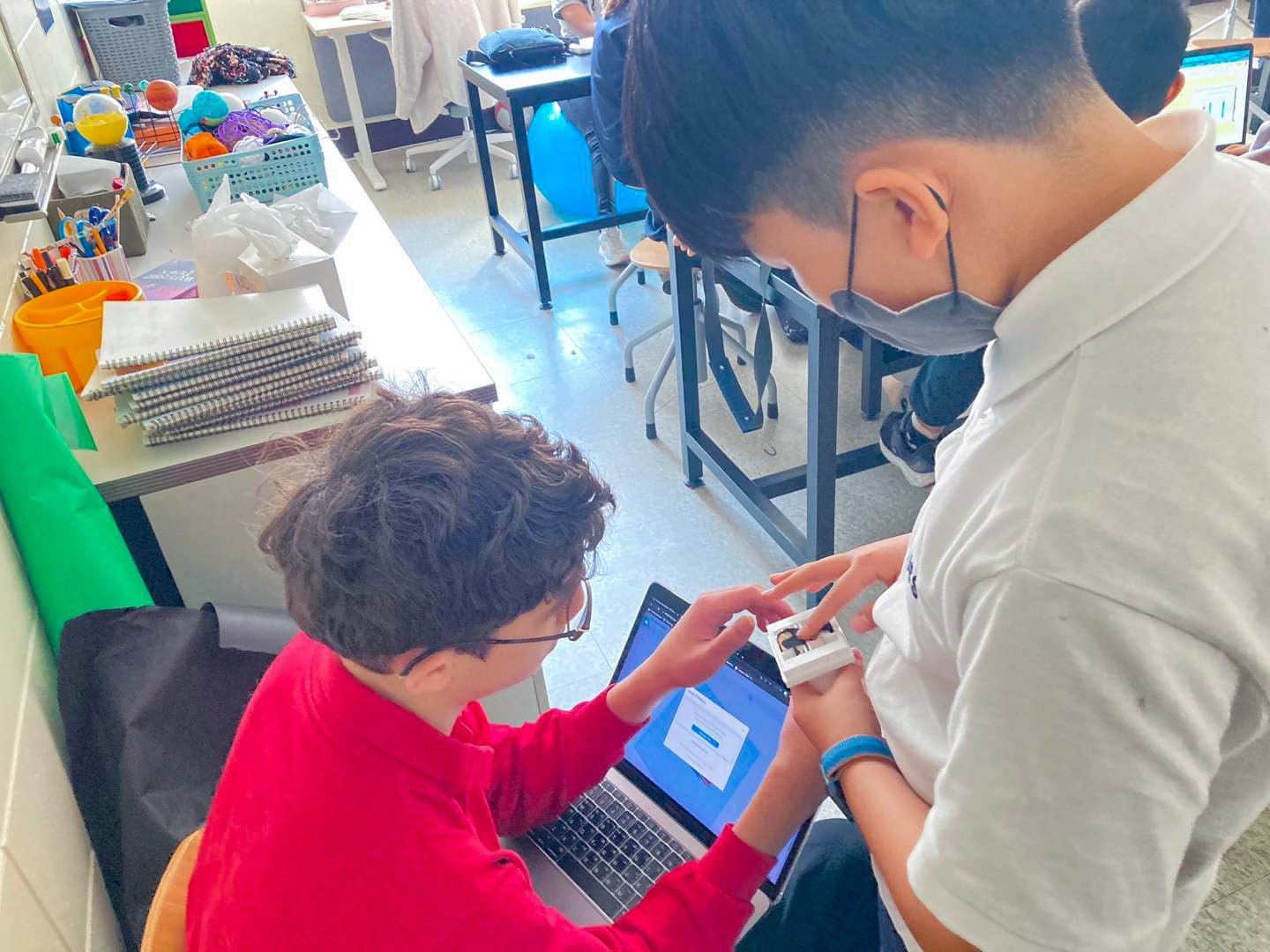
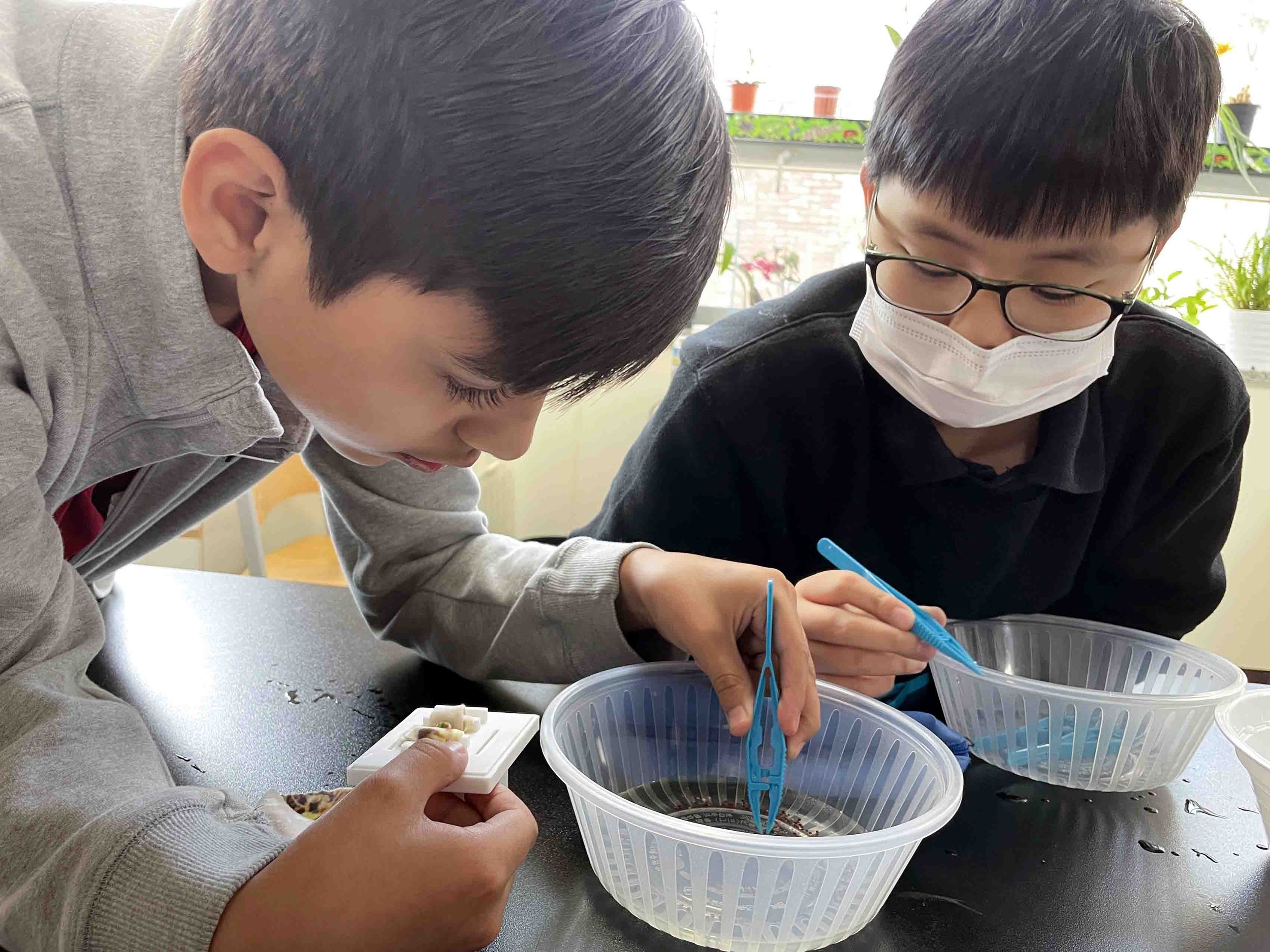
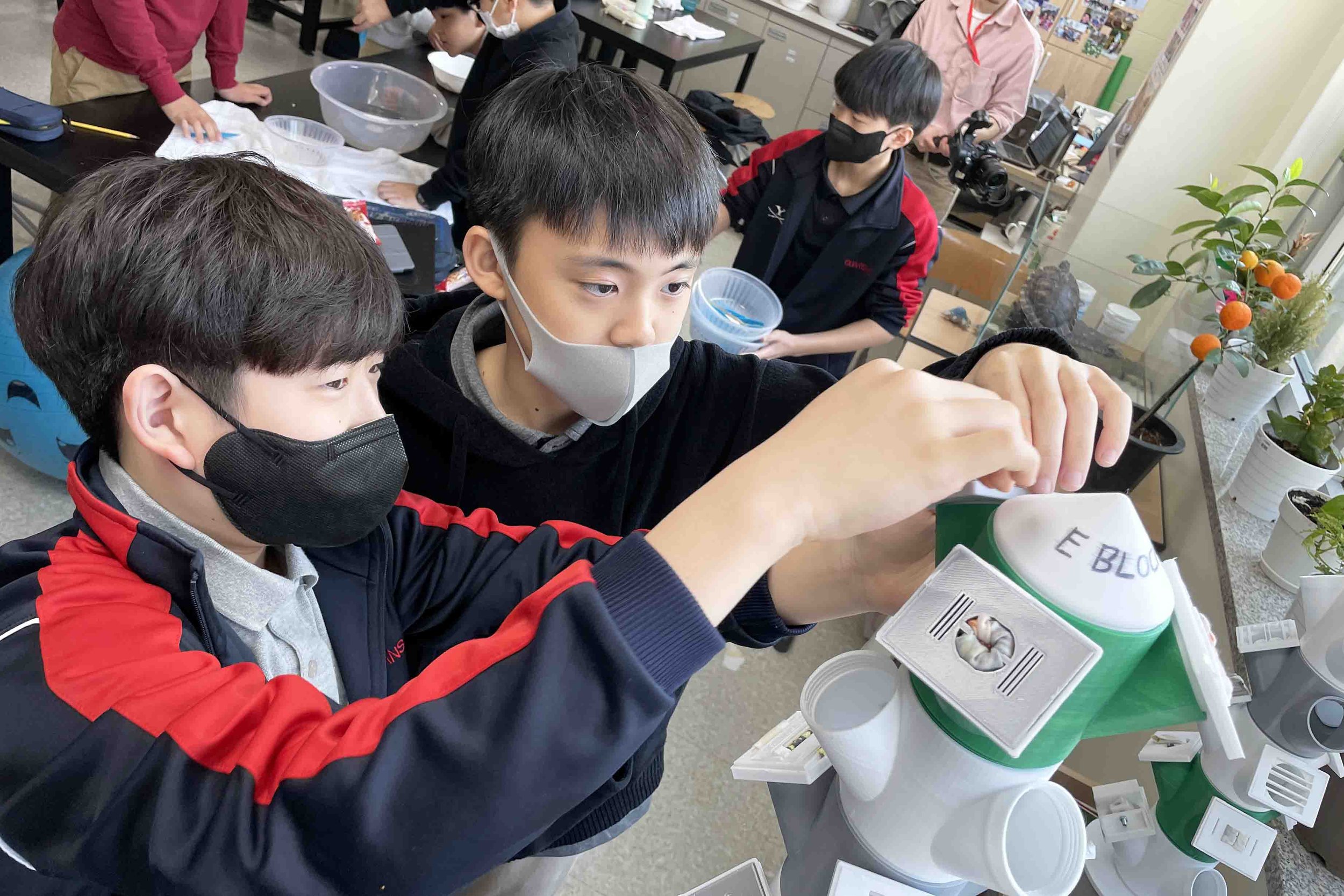
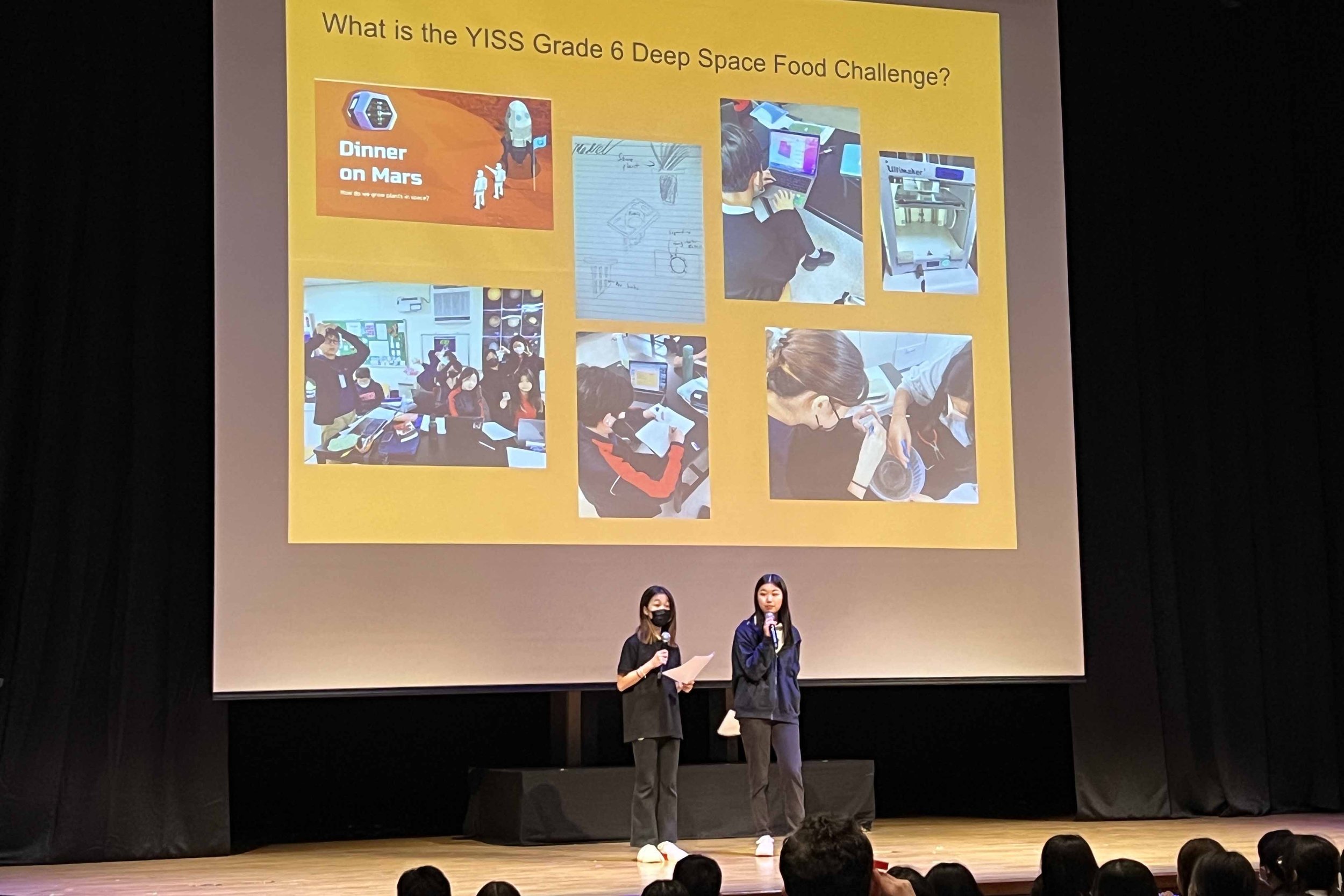
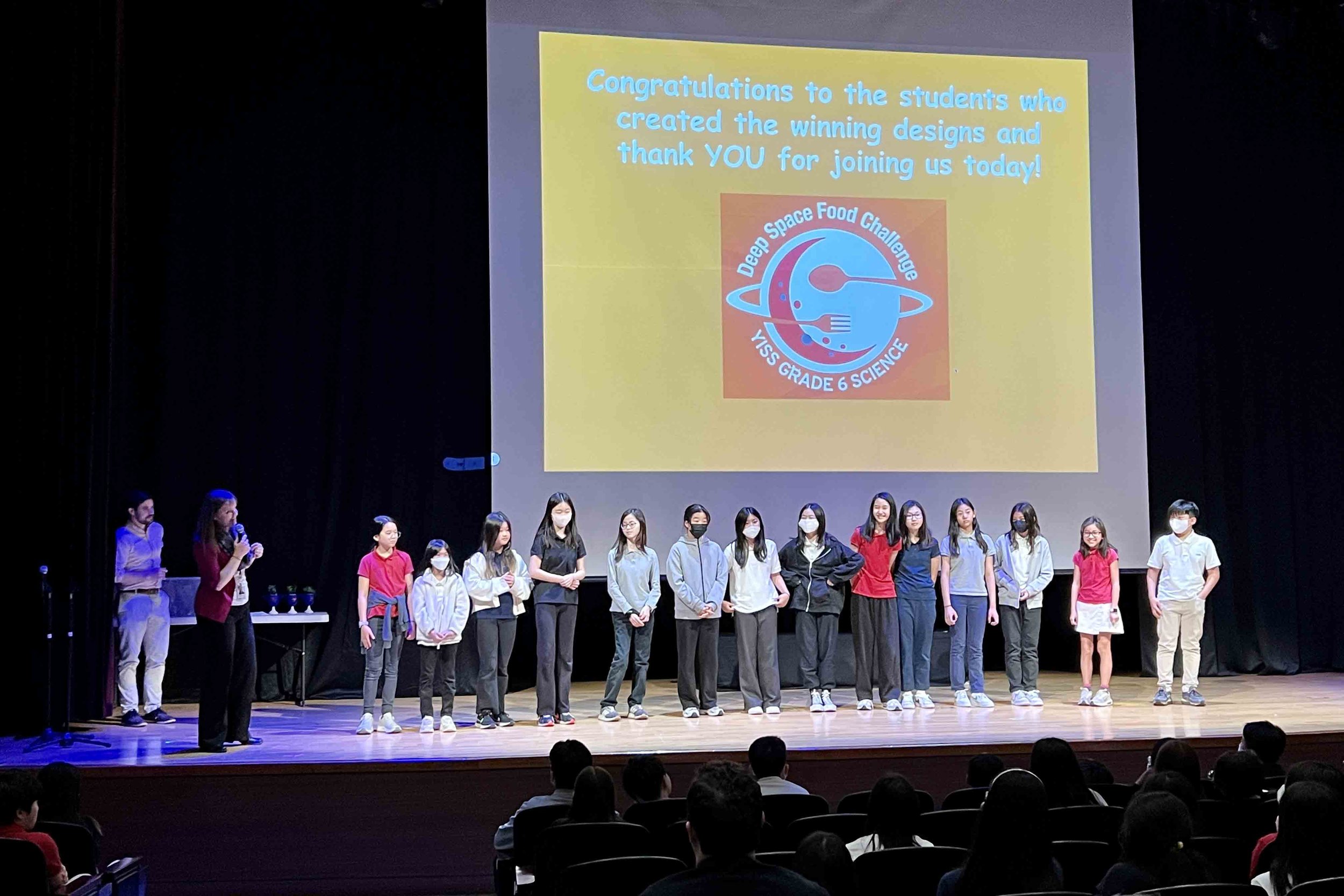
In order for NASA and Elon Musk to establish the first human communities on Mars by 2040, we must first answer the question: “How can we grow plants, and provide food, to people in space?” This is the problem that Canadian researchers presented to YISS 6th grade students this past February. This team of scientists, aptly named Team Canada GOOSE (Growth Options for Outer Space Environments), challenged the students to think about how to create sustainable food systems, which would allow us to grow our own food in space and, ultimately, sustain life on Mars. Team Canada GOOSE are currently semi-finalists in a NASA and CSA-run competition to develop these systems, and they invited our students to join them.
Students learned all about the Deep Space Food Challenge and Team Canada GOOSE’s unique plant growth chamber during a presentation by researcher Rosemary Brockett. Then, they launched into their own challenge: to design and 3D print seed holders that could remove the need for waste products, such as soil or rock wool, and allow plants to grow in a hydroponic system in space. Thus the YISS Grade 6 Students Deep Space Food Challenge started!
Using a step-by-step STEM design process, students brainstormed and sketched ideas for their seed holders, then created these designs on TinkerCad. For many students, translating their ideas into a TinkerCad design was one of the most difficult steps, but, with practice, they demonstrated remarkable finesse and skill in using the program. Once their TinkerCad designs were 3D printed, they tested their designs extensively to determine if they would meet the 4 design criteria: 1) hold a fabric wick to absorb water, 2) hold a seed tightly, 3) allow room for a thick stem to grow and 4) create airflow. The students went through many iterations of this process, going back to the drawing board, redesigning on TinkerCad, and then 3D printing and testing their designs repeatedly. Some students created seven or even eight designs, with almost all students repeating the process at least three times. Throughout this experience, students learnt the value of sharing ideas, trial and error, and improving their ideas through hard work and perseverance.
Mr. Steffen, a member of YISS’s Technology Department, designed and 3D printed four large hydroponic towers to host the students' seed holders. The students carefully created their designs so that they fit perfectly into the tower system. At the start of April, Mr. Smith, another member of the Technology Department, joined each class and shared his own experience with hydroponics systems. Students learned about seeds and the germination process, in preparation for planting their 3D-printed designs. Once their seed holders were prepared with the perfect fabric wick, students planted bok choy seeds in their holders, placed them in their class hydroponic tower, and the towers were turned on! Watching the plants grow has been a fascinating experience for the students ever since.
On Monday, April 10, the 6th grade students and many of their parents gathered for an awards assembly to celebrate the achievements of all the students in this STEM project. They were also finally going to find out who had created the top ten winning designs. Before the assembly, parents had the opportunity to view displays of the student work, which chronicled their design process and how their ideas had changed over time. Parents were awed by their students' hard work and creativity!
At the start of the assembly, students took the time to thank Nick Steffen and Mike Smith for their time, effort, and ideas, which helped make the project possible. Then we viewed class videos, created by the students, which showcased the final iterations of each student’s 3D printed seed holders. Finally, members of Team Canada GOOSE took turns announcing the top ten winning seed holder designs.
The top ten designs were chosen because the student designers were highly creative, successfully solved numerous design challenges and their seed holders met all of the key design criteria. These designs were created by:
Shiloh R.,
Lam M.
Eunice L.,
Camila H & Ava C.,
Kaelyn C. & Elisha C.,
Lily C. and
Rachel K.
The final 3 designs were further distinguished as the top 3 designs because not only did they meet all the criteria and were exceptionally creative, but they would also work well in the Team Canada GOOSE outer space food growth system. These top 3 designs were created by:
Ella C. & Elaine J.,
Ella W. & Kyla M. and
Kellen Y.
Team Canada GOOSE was extremely impressed with our YISS students' creativity, excellent quality of work, and enthusiasm for this project. Meanwhile, all the Grade 6 students are eagerly awaiting NASA and the CSA’s announcement of the finalists for the Deep Space Food Challenge - we’re all rooting for Team Canada GOOSE! The team, Mrs. Brockett, Mr. Steffen, and Mr. Smith all hope that the 6th grade students will take the skills and memories from this project with them into their futures. Perhaps one day, one of them will join a community on Mars and be equipped to grow food for their friends and family there!
